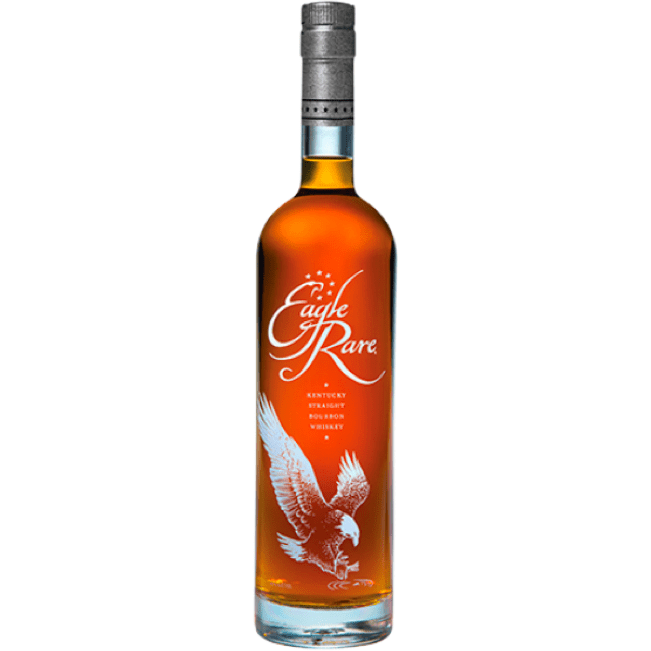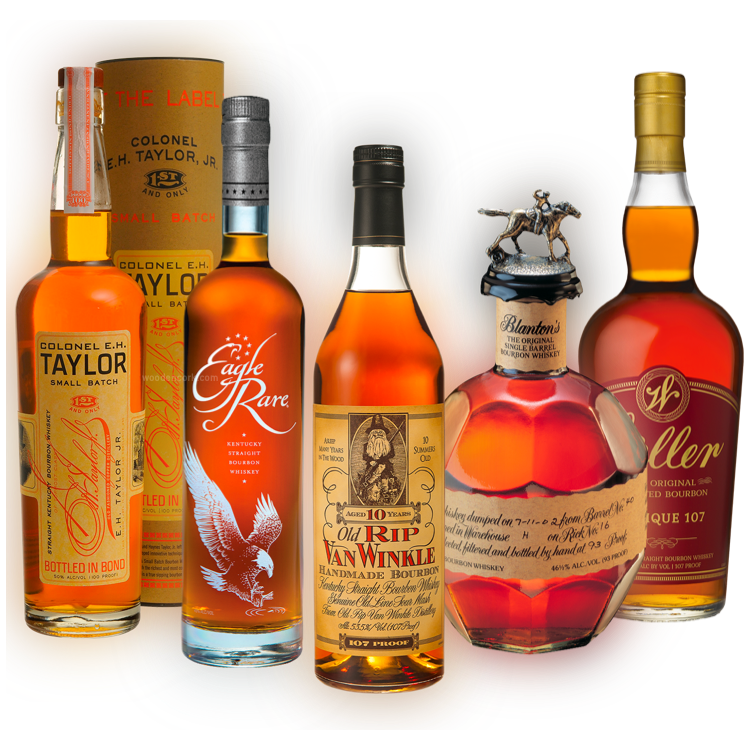7 Exotic Spirits Making their Mark in America
As the American romance with international spirits continues, retailers often find themselves in the position of selling alcohol categories beyond their working knowledge base.
Here, Beverage Dynamics presents seven of those exotic spirits in one place, creating a snapshot of their market potential, production methods and unique qualities:
1. Picso
Pisco is a South American grape brandy, over which Peru and Chile have long battled as the rightful home country. But for U.S. retailers, that merely means plenty of choice.
Records of pisco production in Peru date to 1613, and the drink was once highly popular on the west coast of the U.S., especially in San Francisco. Pisco sours and punches were widely served there in the 19th and early 20th centuries. Today, Peru has fairly rigid standards of production.

By law, pisco is made in limited regions by distilling fermented must of only eight grapes. There are two grape categories – aromatic (Italia, Albilla, Muscat, and Torontel) and non-aromatic (Quebranta, Negra Criolla, Mollar and Uvina). Peruvian pisco must be distilled to bottling proof (roughly 40 percent ABV), and aging in wood is not allowed. However, spirits may rest in stainless steel, glass or earthen jugs called piscos.
Styles of Peruvian pisco include puro (made from one varietal), and the more widely available acholado (blended pisco made from two or more varieties). Mosto verde pisco, made with partially unfermented must, tends to be rare and more expensive.
In Chile, producers have fewer limitations. They may distill to a higher proof or multiple times and add water before bottling. They are also allowed to age in wood, and some do briefly, creating a golden-hued brandy. There, piscos are categorized by proof – 30 percent ABV for traditional, 35 for especial, 40 for a reservado and 43 for a gran pisco. Aged piscos are either guarda (aged less than a year) or envejecido (aged at least one year). Three types of Muscat grapes are allowed, though Moscatel of Alexandria is the most widely used; Pedro Jimenez and Torontel are also allowed.
In the U.S., the producers of Peruvian pisco, like Diego Loret de Mola of BarSol, Melanie and Lizzie Asher of La Diablada and Macchu Pisco, Duggan McDonnell of Encanto and Johnny Schuler of Pisco Porton, have served as ambassadors and penetrated the on-premise market, with some now expanding their reach into the off-premise.
La Diablada, which now offers Moscatel and Italia varietals along with acholado, Macchu Pisco quebranta and mosto verde Nusta, expanded off-premise tastings including brandy-style cocktails made with pisco in the fall.
Pisco Porton regularly conducts in-store samplings with staff training and education, making materials available to retailers, including display racks, recipe cards, case cards and customized materials such as Peruvian food and recipe pairings.
2. Cachaça
Cachaça, long sold as Brazilian rum in the U.S., is now protected by both a Brazilian government designation and here, in the U.S., by a trade agreement. It is produced only from fresh cane that must be pressed within 24 hours of cutting. The juice must be fermented immediately and cannot be stored, so cachaca is almost always produced fresh from the field.
There are two main types of cachaca, according to tradition – artisanal and industrial.
The vast majority are industrial, produced in large column stills in a continuous distillation process. Artisanal types are produced throughout the country on a small scale in pot stills. Brazilians age their cachaca in a variety of indigenous woods, but few such aged variants are widely available in the U.S.
A surge in interest in the early part of the 21st century, which brought in a few dozen brands, has waned. Volume for the top six brands fell last year from 61,000 cases to 59,000, with only a few brands promotionally active nationally. Smaller brands do well in markets like Florida, where South American populations support a broader selection. Bar placements have dipped too, although fans of the Caipirinha (a mix of mint, limes sugar and cachaça) remain.
Leblon, now owned by Bacardi, sells 34,000 cases in the U.S., up three percent last year. Aged briefly in Cognac barrels, the brand is conducting “Art of Cachaça” classes at retail where consumers learn how it is made and participate in making Caipirinhas. They receive a kit with muddler, glassware/shaker, recipe book and bag. Leblon plans to offer the kit next year as a value-added pack at retail in advance of the Olympics in Brazil.
3. Mezcal
Unlike its more famous mono-varietal offspring, tequila, mezcal can be made from about 30 varieties of the agave species, most taking between eight to 12 years to mature before the harvesting, cooking and fermenting needed before distillation.
Around 85 percent of volume comes from the espadin variety. But while most brands don’t specify varietals and use a mix, those made from tobala, dobadaan, dasylirion, madre cuixe, tobaziche and other species are now emerging from the seven Mexican states where production is allowed, with more than 90 percent coming from the state of Oaxaca. Mezcal is made artisanally, or industrially in large commercial facilities.
As for its long-time reputation as firewater with the aroma of smoldering tires, these are still considered powerful spirits, with even the better-made variations coming to the U.S. retaining a punchy essence. Mezcal gets its smokiness from an ancient production method – agaves are slowly roasted in an underground pit, sometimes for days, usually with mesquite or oak. Then they are crushed under a large stone wheel called a tahona, the juice often fermented in wooden tanks before being distilled twice.

Recently, the introduction of attractive packaging, different varietals and a range of styles has made the category more interesting – Fidencio, for instance, is made “sin humo,” without smoke, and there are brands at various proofs, prices and ages available.
Leading brands Monte Alban (up 14 percent to 40,000 cases) and Gusano Rojo (up 28 percent to 9,000) grew on modest volume, while Wild Shot remained at 4,000 cases last year. Meanwhile, smaller brands like Del Maguey, Ilegal, Los Amantes and Scorpion showed very strong growth based on control state data.
In its 20th year, Del Maguey Single Village Mezcal continues its predominantly on-premise focus, but hosts trade-focused tastings, events and educational seminars, including outreach to the off-premise. Merchandising on-shelf and retail tastings also take place in key markets and accounts, with shelf talkers and POS.
The post 7 Exotic Spirits Making their Mark in America first appeared on Beverage Dynamics.




